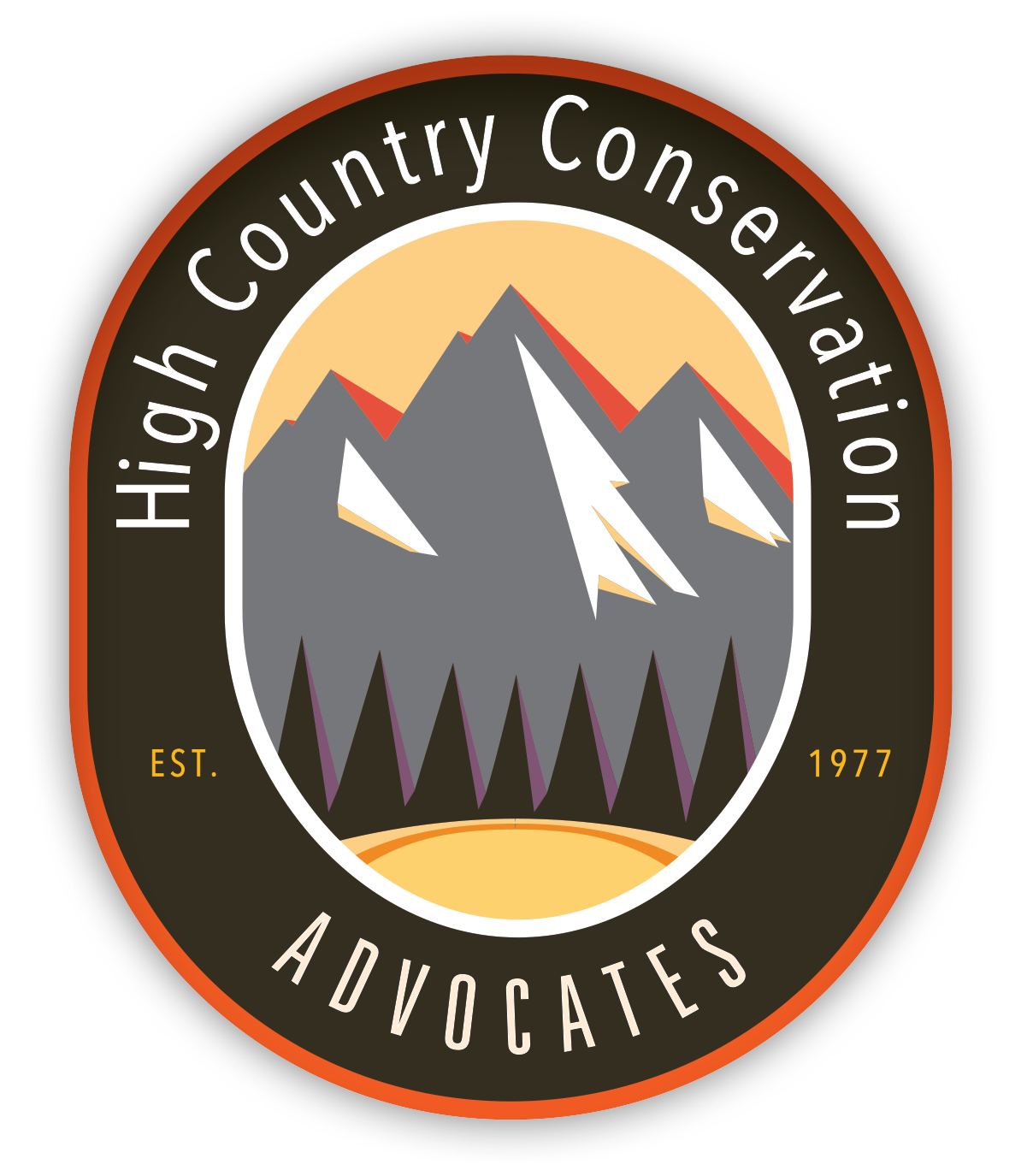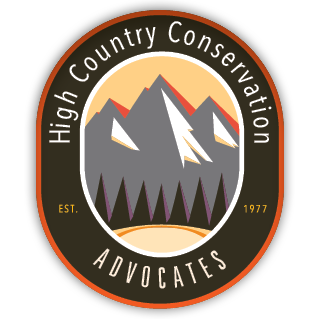Highlighting Important Environmental Decisions: West Virginia v. EPA
On June 30, 2022, the U.S. Supreme Court decided the case of West Virginia v. EPA, restricting the Environmental Protection Agency’s (EPA) power to limit carbon emissions from power plants.[1] This is one of many devastating opinions issued this term.
In 2015, the EPA created the Clean Power Plan, citing Section 111(d) of the Clean Air Act as the source of its authority.[2] The Plan put caps on carbon emissions by shifting electricity generation away from coal and gas power plants to renewable sources such as wind and solar.[3] In its majority opinion, the Court used the “major questions doctrine” to hold that neither the Clean Air Act nor Congress give the EPA authority to do this.[4]
Under the “major questions doctrine,” federal agencies cannot address “major” policy questions without clear and unmistakable authorization from Congress.[5] In Justice Kagan’s dissenting opinion, she argues that the Court had no precedential basis for relying on the “major questions doctrine,” stating that, when it comes to statutory interpretation, “the current Court is textualist only when being so suits it. When that method would frustrate broader goals, special canons like the ‘major questions doctrine’ magically appear as get-out-of-text-free cards.”[6] The “major questions doctrine” might be a way that the Court will limit agency decisions in the future.[7]
This decision removes an extremely important regulatory tool for fighting climate change and makes it harder for the EPA to develop effective greenhouse gas standards for power plants.[8] Afterall, renewable resources such as wind and solar are more effective, efficient, and cost-efficient than fossil fuels.[9] On top of this, Congress has failed to pass standalone climate change legislation for two decades.[10] A glimmer of hope is that the Court did not eliminate the EPA’s general authority to regulate greenhouse gas emissions under the Clean Air Act, nor did it rule out other methods to lower carbon emissions such as the cap and trade system and co-firing coal with low-polluting fuels.[11]
In Colorado, renewable energy accounted for 30% of the state’s total energy generation in 2021, but the majority of Colorado’s energy comes from coal-burning power plants and propane.[12] It is absolutely crucial, now more than ever, that states continue to pursue renewable sources of energy and contribute in the fight to slow climate change.
[1] West Virginia v. EPA, Nos. 20-1530, 20-1531, 20-1778, 20-1780, 2022 U.S. LEXIS 3268, slip op. at 54 (U.S. June 30, 2022); “What SCOTUS’ West Virginia v. EPA Means for Climate Action,” https://www.sierraclub.org/articles/2022/07/what-scotus-west-virginia-v-epa-ruling-means-for-climate-action-and-why-our-fight.
[2] West Virginia v. EPA, Nos. 20-1530, 20-1531, 20-1778, 20-1780, 2022 U.S. LEXIS 3268, slip op. at 1, 13 (U.S. June 30, 2022).
[3] Id.
[4] Id. at 38, 54.
[5] West Virginia v. EPA, Nos. 20-1530, 20-1531, 20-1778, 20-1780, 2022 U.S. LEXIS 3268, slip op. at 38 (U.S. June 30, 2022); “What SCOTUS’ West Virginia v. EPA Means for Climate Action,” https://www.sierraclub.org/articles/2022/07/what-scotus-west-virginia-v-epa-ruling-means-for-climate-action-and-why-our-fight.
[6] West Virginia v. EPA, Nos. 20-1530, 20-1531, 20-1778, 20-1780, 2022 U.S. LEXIS 3268, slip op. at 117 (U.S. June 30, 2022) (Kagan, J., dissenting); “Will West Virginia v. EPA Cripple Regulators? Not if Congress Steps Up,” https://www.brookings.edu/research/will-west-virginia-v-epa-cripple-regulators-not-if-congress-steps-up/.
[7] “What SCOTUS’ West Virginia v. EPA Means for Climate Action,” https://www.sierraclub.org/articles/2022/07/what-scotus-west-virginia-v-epa-ruling-means-for-climate-action-and-why-our-fight; “Will West Virginia v. EPA Cripple Regulators? Not if Congress Steps Up,” https://www.brookings.edu/research/will-west-virginia-v-epa-cripple-regulators-not-if-congress-steps-up/.
[8] “What SCOTUS’ West Virginia v. EPA Means for Climate Action,” https://www.sierraclub.org/articles/2022/07/what-scotus-west-virginia-v-epa-ruling-means-for-climate-action-and-why-our-fight.
[9] Id.
[10] “With time ticking for climate action, Supreme Court limits ways to curb emissions,” https://www.npr.org/2022/06/30/1108578286/with-time-ticking-for-climate-action-supreme-court-limits-ways-to-curb-emissions.
[11] “What SCOTUS’ West Virginia v. EPA Means for Climate Action,” https://www.sierraclub.org/articles/2022/07/what-scotus-west-virginia-v-epa-ruling-means-for-climate-action-and-why-our-fight; “With time ticking for climate action, Supreme Court limits ways to curb emissions,” https://www.npr.org/2022/06/30/1108578286/with-time-ticking-for-climate-action-supreme-court-limits-ways-to-curb-emissions.
[12] “Energy in Colorado,” https://energyoffice.colorado.gov/climate-energy/energy-in-colorado; Colorado State Profile and Energy Estimates, https://www.eia.gov/state/?sid=CO.


